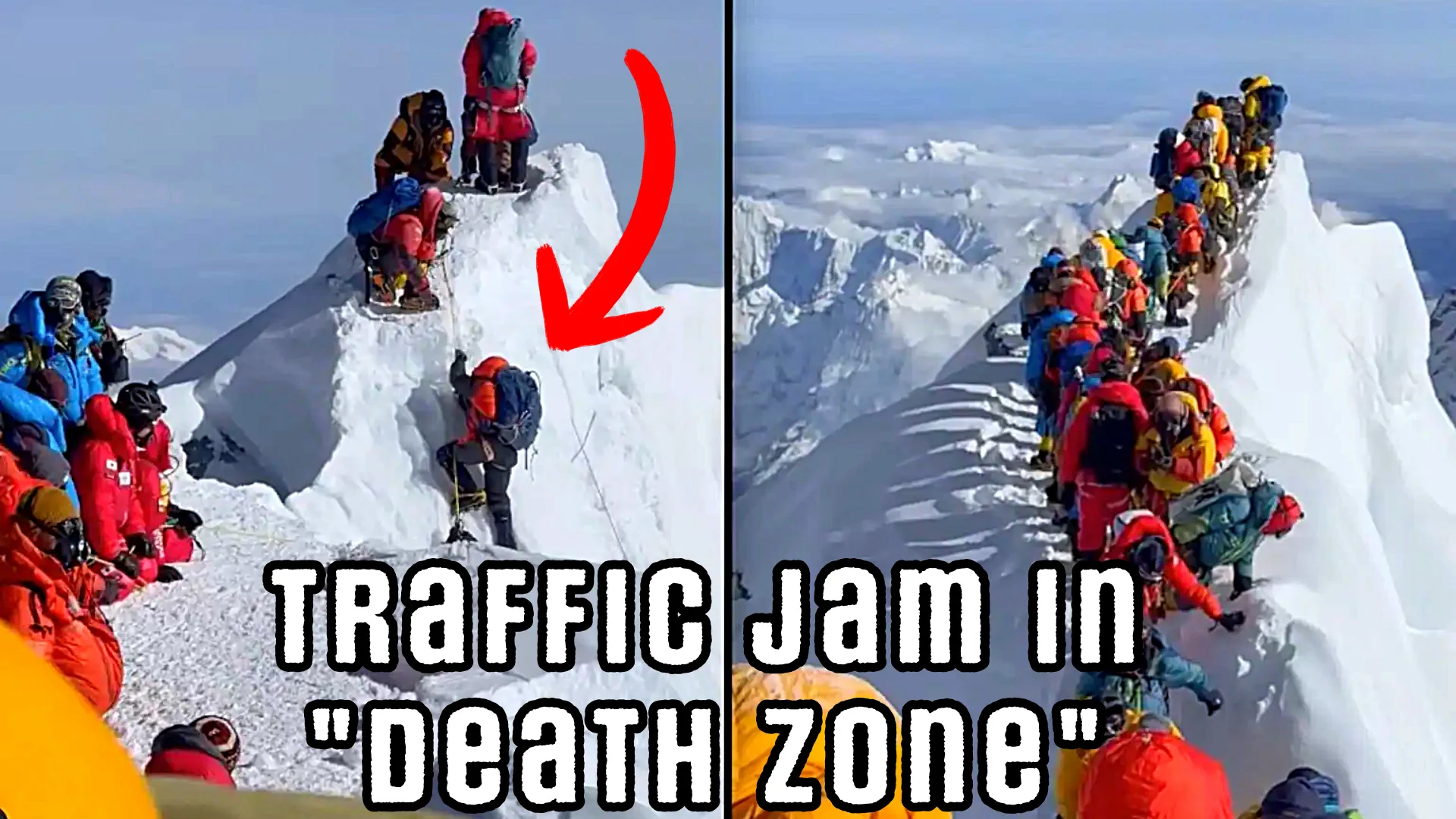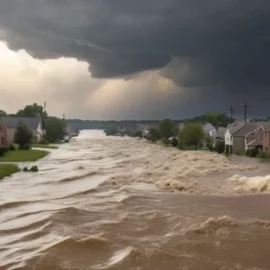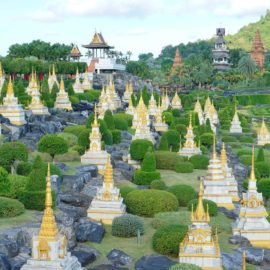
Mount Everest Traffic Jam: Climbers Face Deadly Delays in “Death Zone”
May 2024 - Mount Everest, the world's tallest mountain, is no stranger to danger. But this year, a new hazard has emerged: traffic jams. As hundreds of climbers attempt to summit during a short window of favorable weather, they are finding themselves stuck in long queues, waiting their turn to ascend and descend.
These delays are not just inconvenient; they are deadly. The "death zone" above 26,000 feet is a treacherous place, where climbers are at risk of altitude sickness, hypothermia, and frostbite. Every minute spent waiting in the thin air increases the risk of complications.
The problem is exacerbated by the narrowness of the climbing routes. In some sections, there is only room for one line of climbers at a time. This means that even a small delay can quickly snowball into a major bottleneck.
The situation has been made worse by the increasing popularity of Everest. In recent years, there has been a surge in the number of people attempting to climb the mountain. This has led to overcrowding and congestion, which in turn has led to more delays.
The recent tragedy
The dangers of these delays were tragically highlighted in May 2024, when at least 10 climbers died in a single week. The deaths were attributed to a combination of factors, including overcrowding, altitude sickness, and bad weather.
One of the victims was British climber Daniel Paterson, who was trapped in a traffic jam for several hours before attempting to summit.
A British climber, Daniel Paterson, and his Nepalese guide, Pastenji Sherpa, went missing after reaching the summit of Mount Everest on May 21, 2023. The pair reached the peak at 4:40 AM local time but have not been heard from since. The disappearance is feared to be due to a cornice collapse near the Hillary Step, approximately 8,800 meters up the mountain.
Paterson's death has sparked calls for stricter regulations on Everest climbing. Some experts have suggested limiting the number of climbers who can attempt the ascent each year. Others have called for better training and preparation for climbers.
What can be done?
There is no easy solution to the problem of overcrowding on Everest. But some steps can be taken to make the mountain a safer place for climbers.
Limit the number of climbers: A permit system could be used to control the number of people who are allowed to attempt the ascent each year.
Improve training and preparation: Climbers should be required to undergo more rigorous training before attempting Everest.
Better weather forecasting: More accurate weather forecasts could help climbers avoid attempting the summit during dangerous conditions.
Wider climbing routes: The narrowness of the climbing routes is a major problem. Expanding the routes would help to alleviate congestion.
The future of Everest
Everest is a symbol of human challenge and achievement. But it is also a dangerous place. The recent traffic jams have highlighted the risks of overcrowding and congestion on the mountain.
If we want to make Everest safer for climbers, we need to take action. We need to limit the number of climbers, improve training and preparation, and better manage the flow of traffic on the mountain. Only then can we ensure that Everest remains a place of inspiration, not a place of tragedy.
Founder and chief forecaster of the Pogodnik service. He has many years of experience in the meteorological service. He is the author of numerous scientific publications and popular articles about the weather.




